Australian pianist curator, producer, writer, and self-described industry sceptic Chris Lloyd is a restless, hungry musician, determined to change the way classical music is performed, received and thought about. Based in London since moving there to complete his Master of Music from the Royal Academy of Music, Lloyd runs the 1781 Collective, a platform “dedicated to supporting independent, non-traditional ensembles and organisations by creating a network that fosters collaboration and exchange”, and Limelight thought him the ideal person to attend Classical:NEXT, the classical music industry’s biggest conference, to report back from the cutting edge of the classical world.
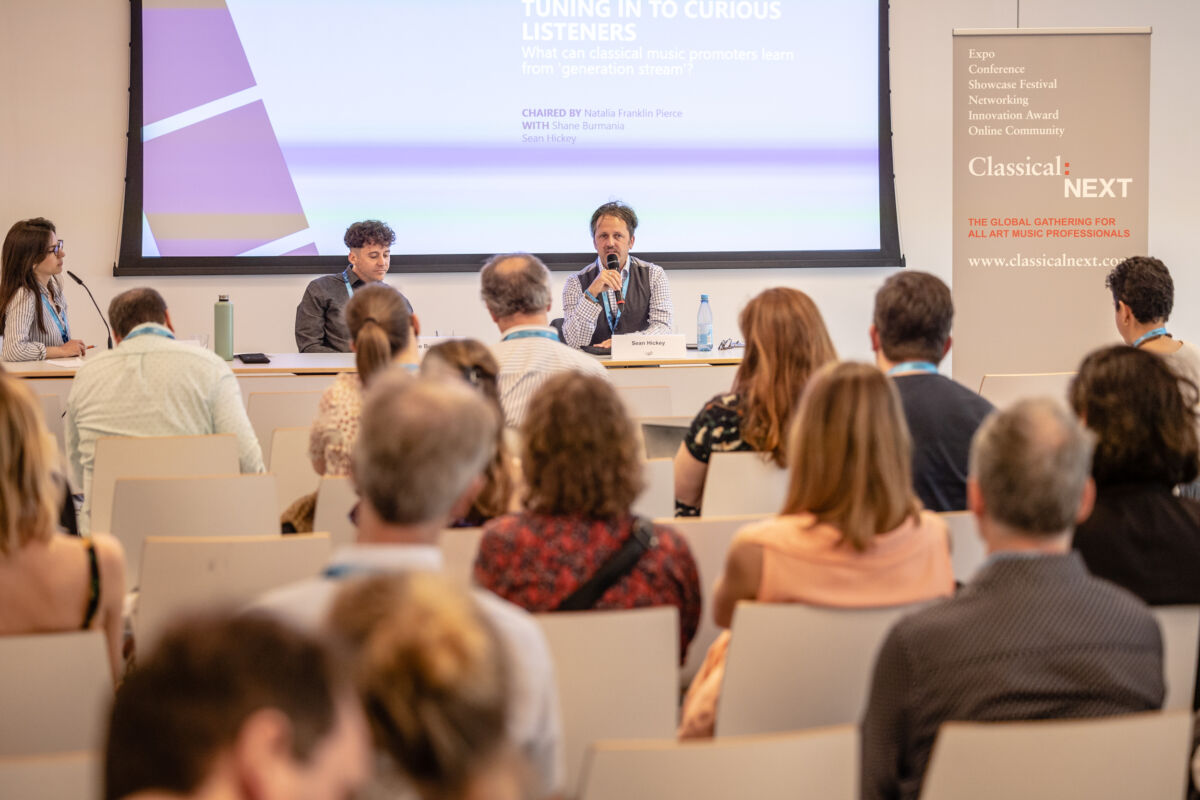
Classical:NEXT 2022. Photo courtesy Classical:NEXT and © Eric van Nieuwland.
Hanover is like the Adelaide of Germany. Smaller than the bigger cities, and cleaner too. It’s fair to say that you wouldn’t have many reasons to visit Hanover outside of a specific event or conference (it bills itself as the ‘Conference Capital of Germany’ at the main station) – which is, in fact, what brings me here this week: to the largest (only) classical music industry innovation conference in the world: Classical:NEXT.
I’m genuinely excited to see how a bunch of people from within the traditional and conservative industry approach something like innovation: but put away your NFTs because I’m quite sure we’re still catching up with the issues in music streaming.
I arrive with a hint of scepticism, tinged with a mild cynicism. In my professional life, I deal daily with the question of innovative approaches to classical music performance, and philosophise constantly on the classical music industry and what it needs to do to pull itself out of its perennial rut. Whilst we seemingly frame everything in our industry on unhealthy competition, I think we’re absolutely the last ones to the party when it comes to technological advances and innovative thinking; and from what I’ve heard from colleagues, the closest this conference gets to innovation is in its mission statement.
Looking through the program, I’m excited to see some genuinely fantastic speakers and presenters such as former Executive Director of the California Symphony Aubrey Bergauer (once dubbed “the Steve Jobs of classical music”), Jovanka von Wilsdorf (an expert on artificial intelligence in music creation), Australian pianist Zubin Kanga, and composer, producer and record label director Gabriel Prokofiev; and several topics that seem like the conference programmers are already proving their naysayers wrong; whilst simultaneously justifying the sceptics by including presentations that wouldn’t have been at the cutting edge had they been delivered 20 years ago.
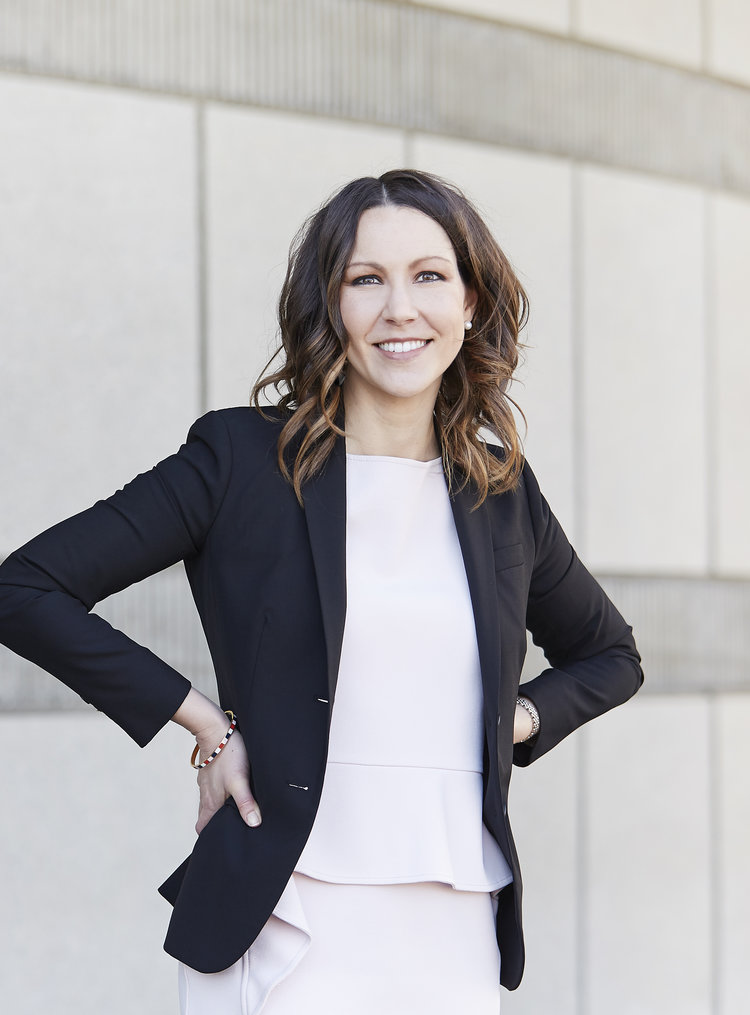
Aubrey Bergauer. Source: aubreybergauer.com
The conference pulls together some impressive figures: at this first post-pandemic conference, 900 delegates from 50 different countries have attended, with 52 separate conference sessions (split into presentations, meet-ups, mentoring sessions, and pitches), 13 showcase performances (including 66 performers from 17 countries) and a total of 121 presenters from 30 separate countries. Diversity is the topic of the year – with gender, racial, and geographic diversity heavily emphasised across most aspects of the conference.
Coming into the conference, I assumed most delegates would be representing larger organisations, with the purpose of learning and gaining inspiration in order to take these new lessons home in a form of global knowledge exchange. What transpired was slightly different, with a personal estimate of perhaps 70 percent of attendees there primarily to network, and the remaining actually interested in the programmed content. The Exhibition Hall at the Hanover Congress Centrum is filled with stands representing various companies, ensembles, and countries (Sounds Australia and the Australian Music Centre flies our flag proudly – unfortunately directly opposite the Estonian stand which has the most exquisite design aesthetics, and gorgeous Baltic salespeople with their fancy technology putting everyone around them to shame); with speed networking areas and lunch spots providing an area for a veritable feeding frenzy of people buying and selling their wares. Delegates run around looking at your name and company on the C:N lanyard – what I’ve come to term as “conference cleavage” – as the lookers try to not make it obvious that they’re checking out your professional association to judge whether they should waste time giving you the work-flirt or not. It becomes obvious quickly that there are far more sellers than buyers – a lot of hopeful musicians and managers looking around for festivals and venues to pitch to, and only meeting other managers and musicians in return.
Whilst the elevator pitches are repetitively rattled off with the same epic precision as a violin competition prize winner, the conference proper is kick-started with a keynote speech by the managing director of the Kyiv Symphony Orchestra, which is currently a refugee orchestra on account of the ongoing war in Ukraine. The innovative content here is both non-existent and not important, as it was a platform for the KSO to share its story in a time where it needs as much support as possible. The audience are supportive, yet an all-too-human morbid fascination leads to questions about the war and the effects on the musicians, further taking away from the promised goal of the conference: encouraging international discourse with an overall intention of exploring what is needed to bring classical music forward into the future.
After this session the conference proper begins, with presentations on a wide range of topics that touch on funding, streaming (both platform streaming and livestreaming), multimedia, experimental performance formats, data collection, leadership, independent event curation, introduction to Web 3.0, virtual concerts, programming diversity, racial integration, orchestras for climate change, the Chinese music market, and more. The scope of talks offered is impressive: whilst an introduction on how to live in a world with Spotify is perhaps a decade late to be innovative, von Wilsdorf’s talk on NFTs, DAOs, and AI composition is truly at the very edge of tech innovation.
The programming of the conference is structured well, beginning with extremely basic topics and gradually getting more and more complex and futuristic. Funnily enough, whilst the conference has a really good smartphone app that allows the user to save preferred events and search for other delegates, they still send around a handwritten sign-up sheet at every session, ostensibly to keep track of how many people are attending the talks. Does anything define innovation in the classical music industry better?
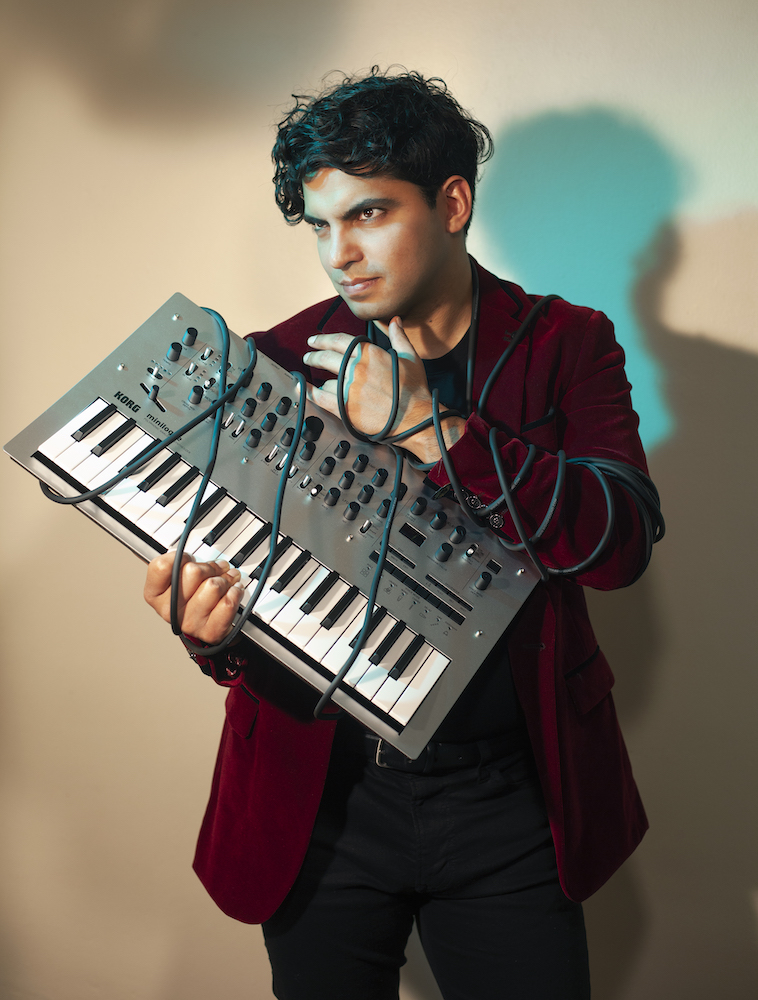
Zubin Kanga. Photo © Raphael Neal.
Concurrently with the presentations, Project Pitches are a daily occurance – with selected hopefuls getting a seven-minute slot to present to venues and festivals that they are hoping will pick them up – as are specific meetups like the Orchestral and Women in Music projects; whilst the extremely popular one-to-one and roundtable mentoring is offered for those who remember to sign up.
In the evenings we’re treated to performances at the Staatsoper and Schauspielhaus Hanover, which have been curated to represent as diverse a range of contemporary classical music performers, an impressive range of radically diverse music and musicians from all over the globe – though there was lots of criticism of the concert celebrating Black Lives in Music which was noticeably lacking in melanin onstage. These performances run each night alongside a well-patronised bar for delegates to keep lubricating and conversating.
For the sake of brevity, I can’t include my response to all of the individual talks and experiences I had – however I did keep a live-updated personal diary of the entire thing which reads like a poorly-written small novella and goes into detail about the various talks and responses that arose.
For the sake of levity, I instigated a drinking game with some friends in attendance at the beginning of the conference: for every time you heard the phrase “new, young audiences”, you needed to take a shot. Every time someone posited musicians speaking from the stage as an example of innovation, you’d take two shots. A fourth shot every time someone says, “Oh we couldn’t ever do that [insert innovative idea] in our industry” when referring to something that is already taking place. Thankfully we didn’t have any whisky on hand before lunch, as we would have been found passed out in the back row of Konferenzraum 27 before morning tea every day.
The final day heralds the Innovation Award and Final Closing Performance by Australian pianist Zubin Kanga, and this is where Australia came to the fore. The conference was represented excessively well by a large delegation of Australians, with three Australian artists featured in the Project Pitches, three Fellowship award recipients from the Australian Music Centre, two members of the selection panel (past and present), three presenters in two presentations, and the grand finale showcase performance. Not that we were satisfied by attendance alone: three winners were awarded in the Innovation Award, with the Ngarra-Burria project selected from a longlist by delegates and jury alike; whilst Australian Geoffrey John Davies received an award on behalf of Death of Classical, before Kanga took the stage.
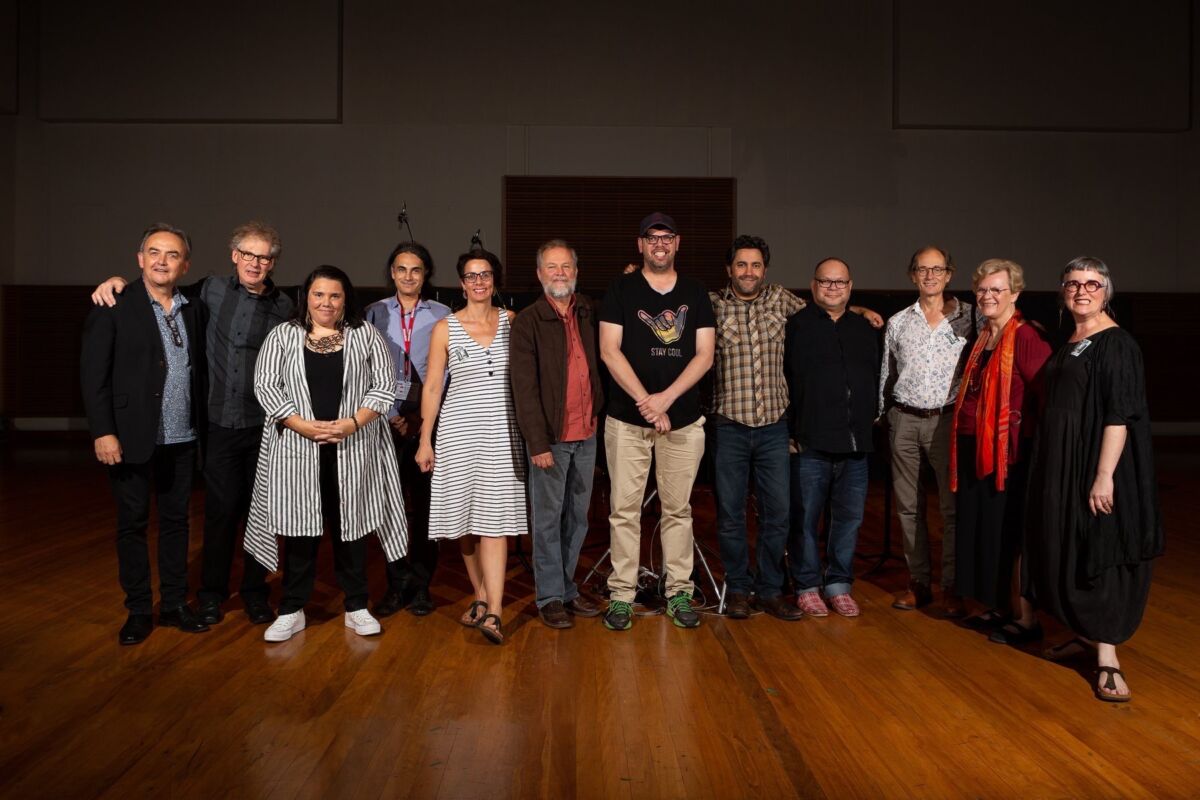
Ngarra-burria participating composers with industry partners. (L-R) John Davis, Stephen Adams, composer Nardi Simpson, Kim Cunio, Claire Edwards, Chris Sainsbury, composer Tim Gray, composer James Henry, composer Troy Russell, Roland Peelman, composer Elizabeth Sheppard, Lamorna Nightingale. Image supplied.
The Australian contingent at Classical:NEXT were some of the more interesting and truly innovative people present, and we are clearly punching above our weight on an international scale. Perhaps that’s because growing up in Australia with ambitions to become a professional classical musician is a tough road – we are mocked by a not-insignificant percentage of the public who don’t treat culture as a valuable commodity when compared to our national celebration of sport; we’re humiliated by our governments no matter who wins elections by their consistent devaluing and defunding; we’re occasionally overlooked by the international arts community who have forgotten the contributions of Nellie Melba and Joan Sutherland amongst so many others.
Australian artists seem to succeed in spite of all the challenges thrown at us – and it should come as no surprise that at an event that celebrates innovation and creative thinking, the Australian contingent do us all damn proud. Indeed one of the best sessions of the entire conference was Geoffrey John Davies (CEO & Founder, The Violin Channel) and Benjamin Woodroffe (Cultural Consultancy) discussing the digital concert, and the role of streamed videos and livestreamed performances post-pandemic – one of the rare sessions where someone could genuinely say they had learned something.
Davies discussed the Vanguard Project, launched during lockdown on The Violin Channel, which presents live performances from multiple angles. I can’t quite put my finger on what makes this work, or why it’s different, innovative, or more relevant – but something seems great about this, and it might be as simple as quality. It seems up to date, and relevant for 21st-century audiences. Though to perhaps be overly-critical, there is nothing new to see here: there have been examples of this format from the advent of television, and whilst this project might not match Bernstein’s educational programme with the NYP in the 1970s, it does seem very well done.
But this project might just be proof that innovation isn’t the only game in town, and that there is space for high quality production and storytelling to still have an important role in spreading the good word of classical music around.
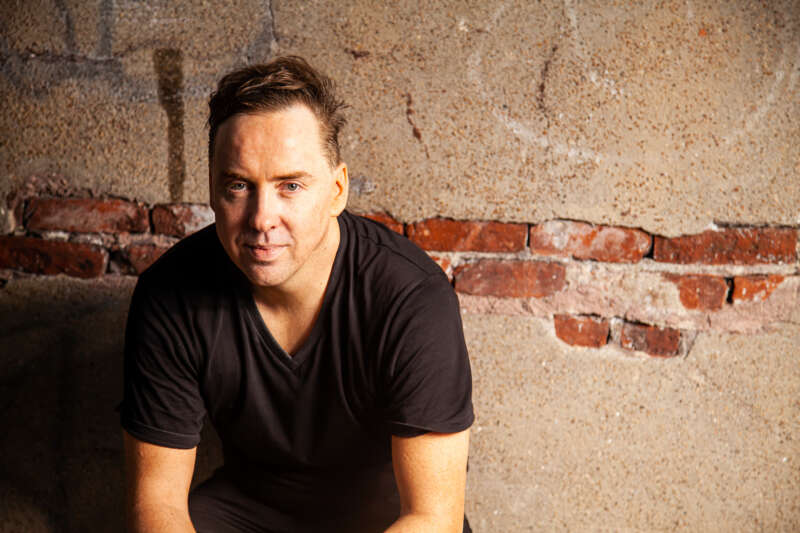
Geoffrey John Davies, Founder and CEO of The Violin Channel. Image supplied.
Davies’ greatest offer to the musicians featured in this project may be his expertise in marketing, business, and talent management, and both he and Woodroffe make excellent points – Woodroffe pointing out that, “Digital concerts are about narrative and storytelling; live concerts are about the actual performance”, and Davies observing that an artist’s online portfolio has well and truly usurped the Carnegie Hall debut as the most important marketing tool of the 21st century.
News that the conference is going on hiatus in 2023 takes a few by surprise, though it makes sense. I have witnessed the true labours of love from the people that have worked on this project, people who sacrifice sleep and socialising and work too hard for too little reward to put on a show they believe valuable. They have noble goals, and they make it happen by endlessly compromising, convincing, and coercing partners and overcoming barriers – and against all odds, they do make it happen. And they do this for a crowd (let’s hope a minority) that is more interested in expressing disappointment or complaining about various elements. No wonder they want to take a year off to regather and figure out if what they’re doing is making a genuine difference.
And what do I come away with by the end of the final day? Well, the innovation level represented here overall is extremely basic; but then again, this doesn’t seem anywhere near the main priority of most attendees. Whilst many industry figures understand the need for change in a vague way, they aren’t here to discover the possibilities, or even learn about the options. Innovation is the buzzword that floats around and gives people an excuse to attend, but there is no ‘new’ to be found here for the most part, demonstrated by the fact that the most interesting conversations I had over the week were with undergraduate students studying at the Hanover Hochschule für Musik.
But my final conversation in Hanover, with Australian composer Lyle Chan (who was on the conference selection panel 2020-2021) helps illuminate one of the key reasons for this, when he explains that the conference needs to address a cross section of the industry, rather than exclusively focus on only shiny new ideas. Chan explains that the real purpose of the event that informs jury selection is not only to focus on the most new and innovative ideas, but to also include the application of past innovation. He explains the mindset is that just the initial concept and zeitgeist of a specific idea is pointless unless the application of it is followed through, giving an analogy of the iPhone – the initial idea and development alone didn’t change humanity, it was the process of interaction and usage by everyday people that was true process that would shake up the world.
Seen in this light, the conference was a great success: a smorgasbord offering of ideas and inspiration (some better than others, of course), and a proper balance of the new and ongoing. Whilst it may be too broad in scope, it does offer an important platform for new ideas and connections, which could be at least partly responsible for guiding our way forward, in whichever one of these diverse directions we end up taking.











Comments
Log in to join the conversation.